


Believed native to the Mediterranean area, Asia Minor, and Iran, the saffron crocus has long been cultivated in Iran and Kashmir and is supposed to have been introduced into Cathay by the Mongol invasion. It is mentioned in the Chinese materia medica (Pun tsaou, 1552–78)
According to legend, an arhat Indian Buddhist missionary by the name of Madhyântika (or Majjhantika) was sent to Kashmir in the 5th century BC. Upon his arrival he seemingly sowed the first Kashmiri saffron crop. From there, saffron use spread throughout the Indian subcontinent.
Read MoreSaffron, besides being a source for earning foreign trade, is strongly affiliated with the social, commercial and cultural ethics of the communities involved in its cultivation. Crocus sativus is the only plant species which produces apocarotenoids such as crocin (C44H64O24), picrocrocin (C16H26O7), safranal (C10H14O) and crocetin (C20H24O4), which when glycosylated gets converted into crocin, in significant amounts. These compounds impart organoleptic properties to saffron, the dried stigmas of Crocus flower, making it the world’s costliest spice. Crocin is responsible for the color, while picrocrocin attributes towards the bitter taste, and safranal provides the aroma.
Treatment with ethanolic extract of saffron, was seen to have antiproliferative effect by significantly reducing the longevity of malignant carcinomic human alveolar basal epithelial cells. Saffron derivatives having higher anti-carcinogenic potential has attributes of increased apoptosis, reduction in blood vessels, inhibiting RNA and DNA synthesis and regulating lipid peroxidation and antioxidant activity. Apart from the inhibition of cell proliferation, enhancement of cell differentiation, modulation of tumor metabolism, cell growth and immune modulation are the other mechanisms exhibited by the chemo-preventive activity of saffron .
Read More

Saffron plants grown aeroponically and hydroponically for six weeks produced corms with significantly less increase in fresh weight as compared with corms from soil-grown control plants
Vertical saffron farming is a relatively new concept that allows farmers to grow more saffron in a smaller space. This type of farming is ideal for those who live in urban areas or have limited space for traditional farming methods
Profit on next season will be more than Rs. 6,00,000/- per yield. (Without corm purchase and with increased corms produce). From the next planting season, the farmer need not buy corms but rather the corms start producing cormlets about 3 to 6 from one mother corm.
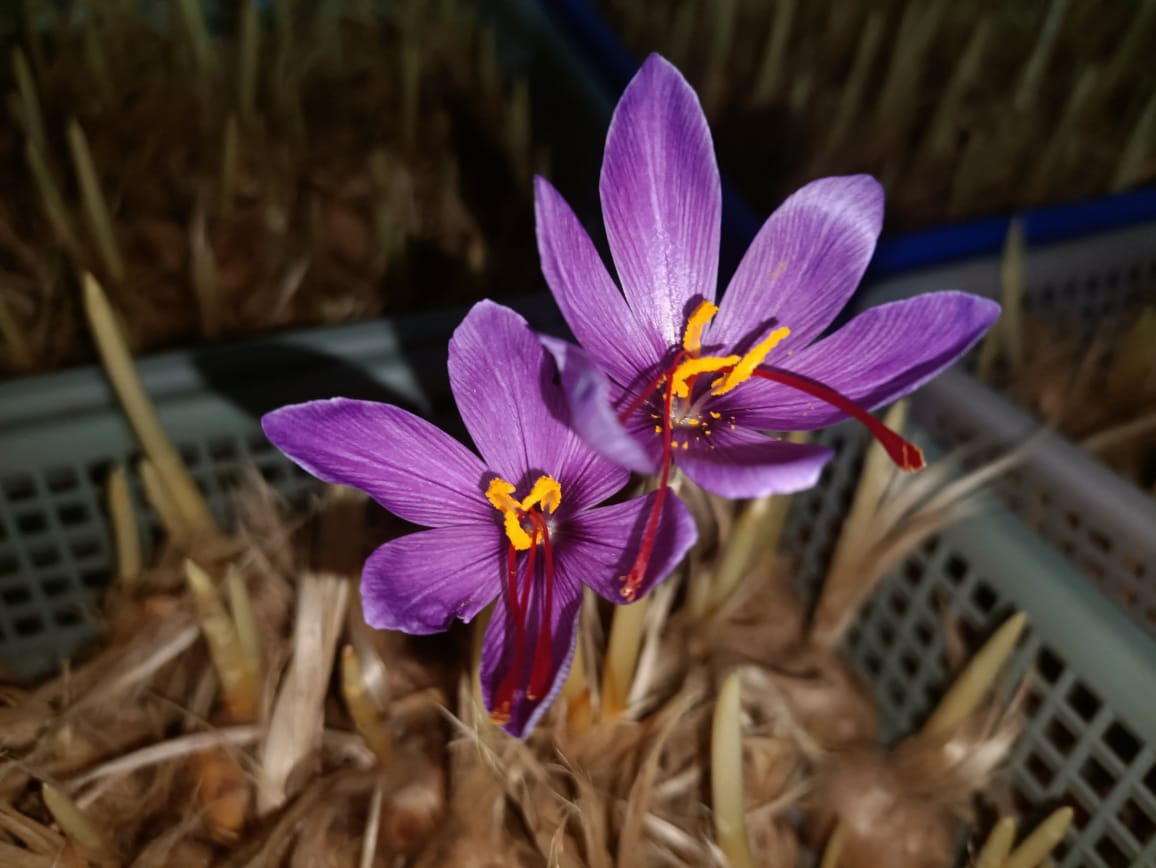
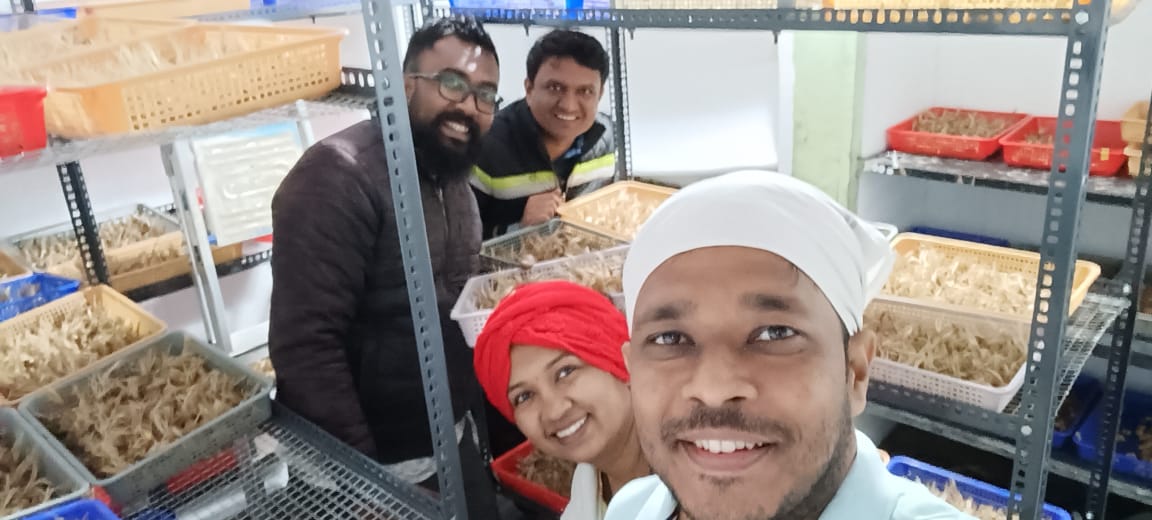
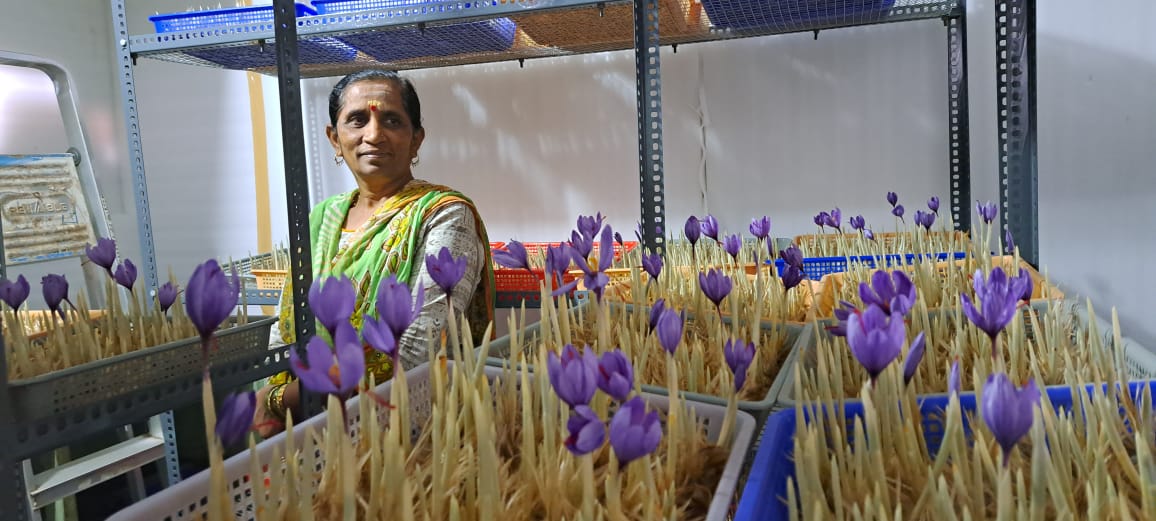
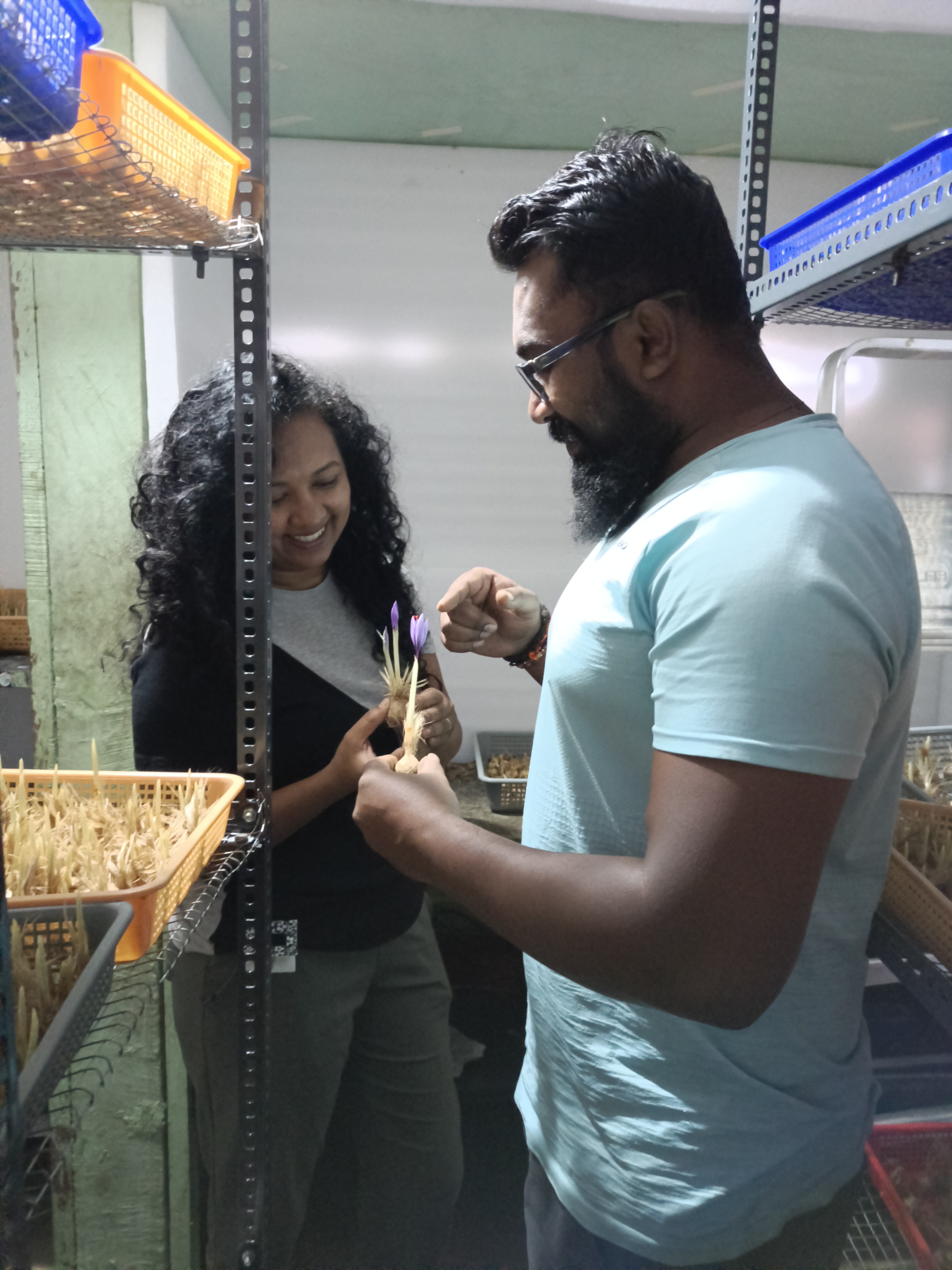
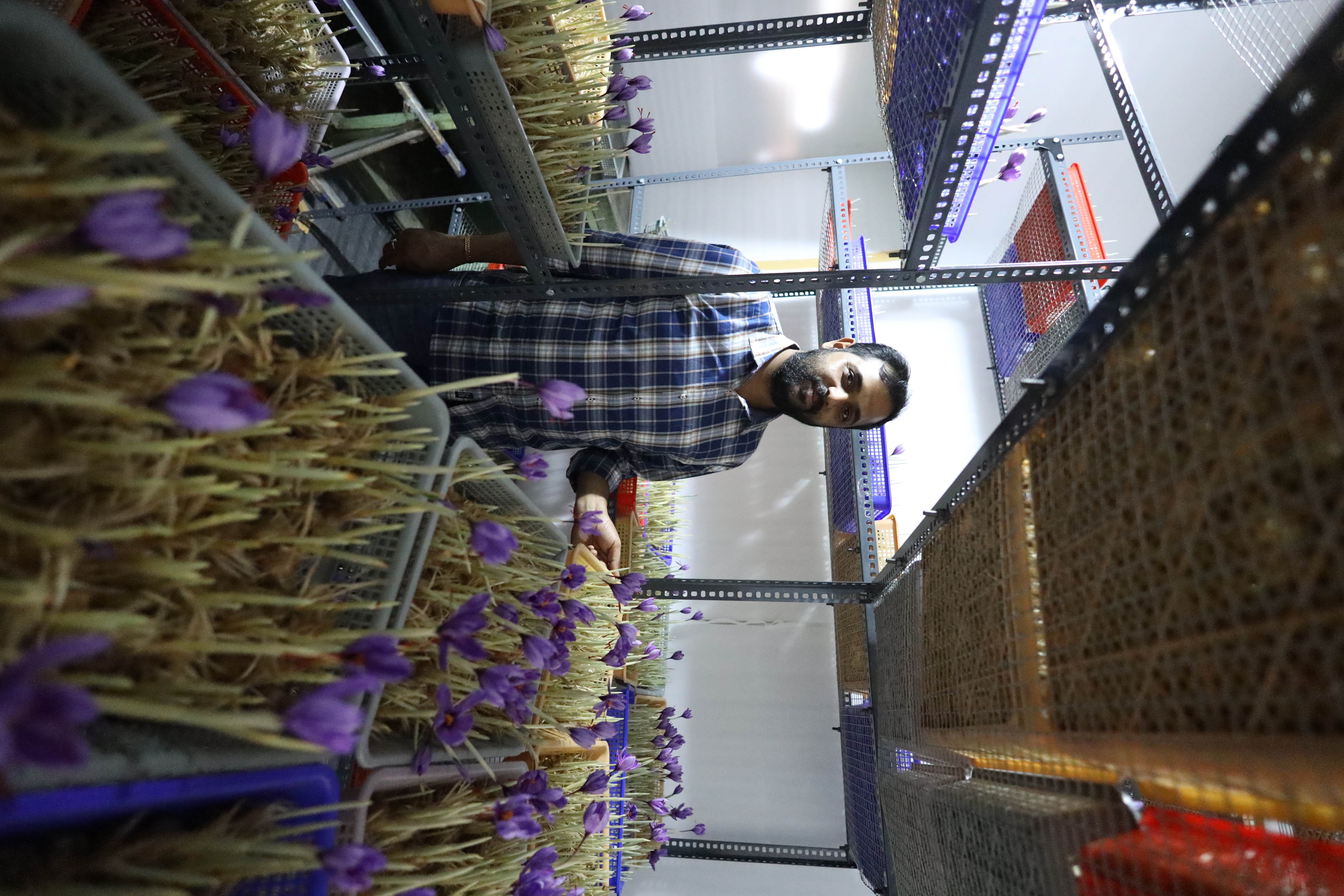
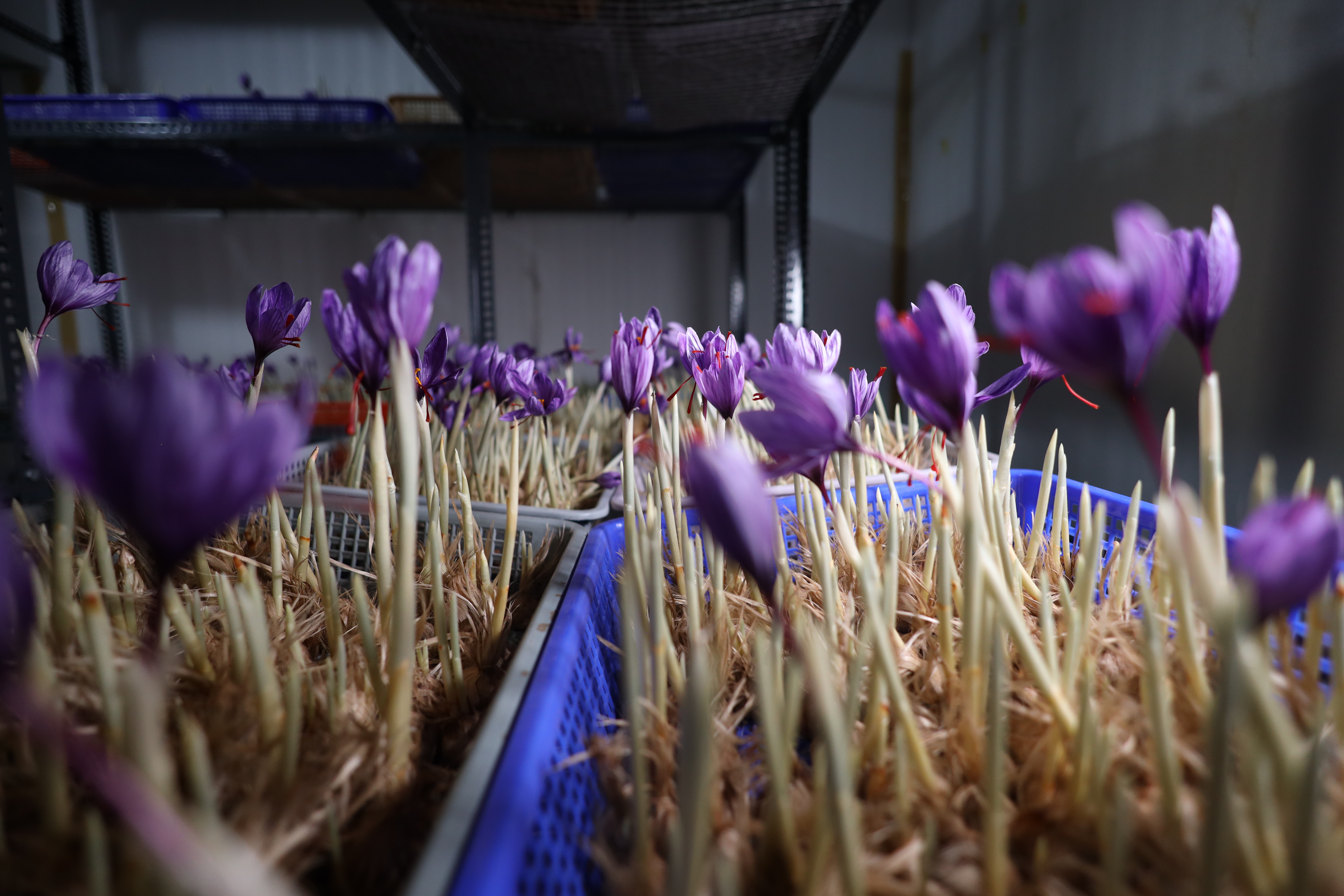
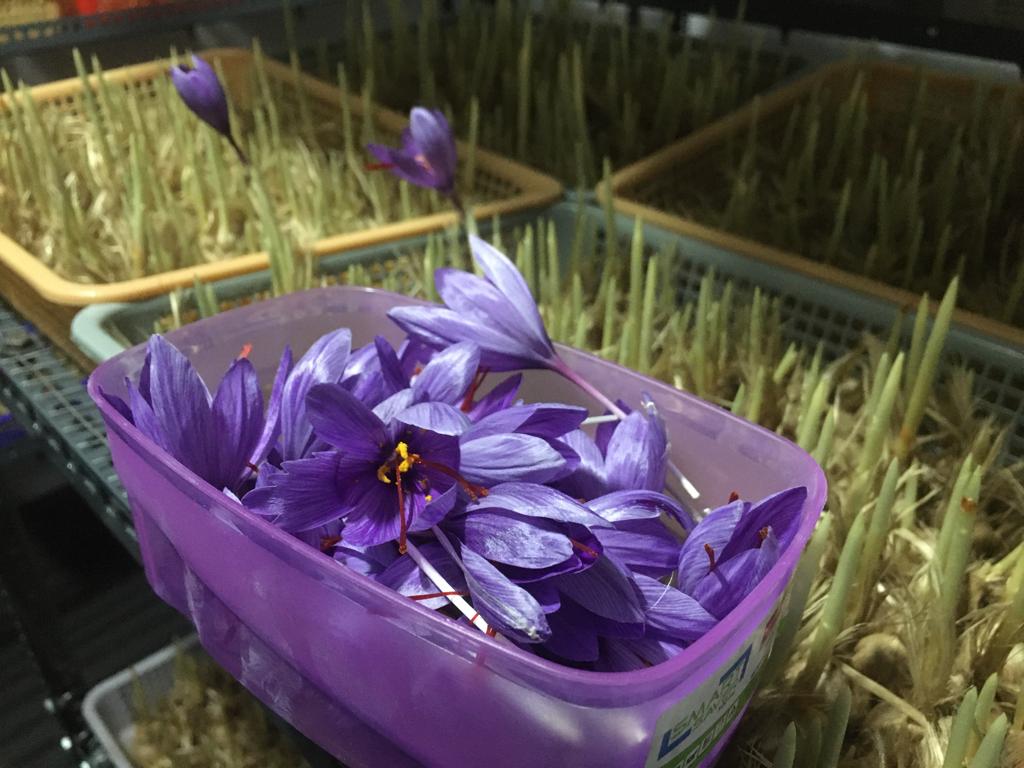

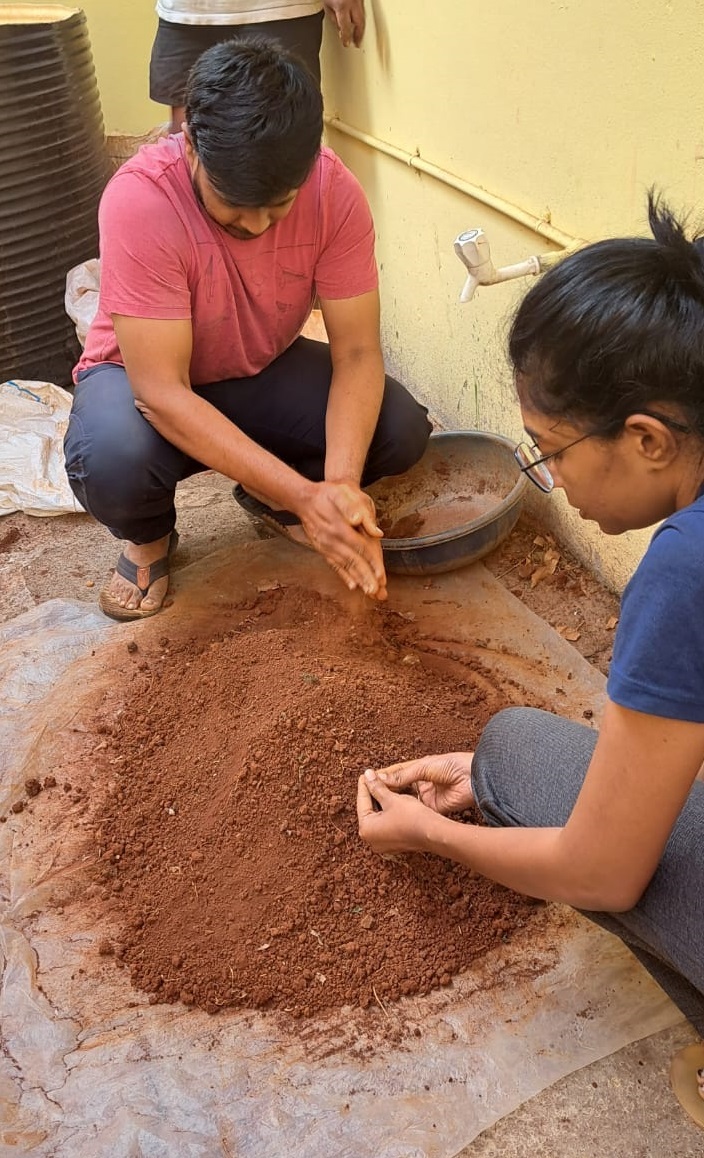
Started with 10kg of saffron bulb growing in 2021, On
Successful growing flower continued with 200kg of suffron bulb
in the year of 2022.
Youtube link
StarBee - +919591753916
Rajat - +919591669077
Mail - support@thestarbee.com
| # | Date | Venue | Seats availablility | Timing | Status |
|---|---|---|---|---|---|
| 1 | 28/01/2023 | Shree nagar, Vanmuri colony, Belagavi, Karnataka | Full | 10:00AM - 06:00PM | Completed |
| 2 | 04/02/2023 | Shree nagar, Vanmuri colony, Belagavi, Karnataka | Full | 10:00AM - 06:00PM | Completed |
| 3 | 25/02/2023 | Shree nagar, Vanmuri colony, Belagavi, Karnataka | Full | 10:00AM - 06:00PM | Completed |
| 4 | Shree nagar, Vanmuri colony, Belagavi, Karnataka | Available | 10:00AM - 06:00PM | Upcoming |